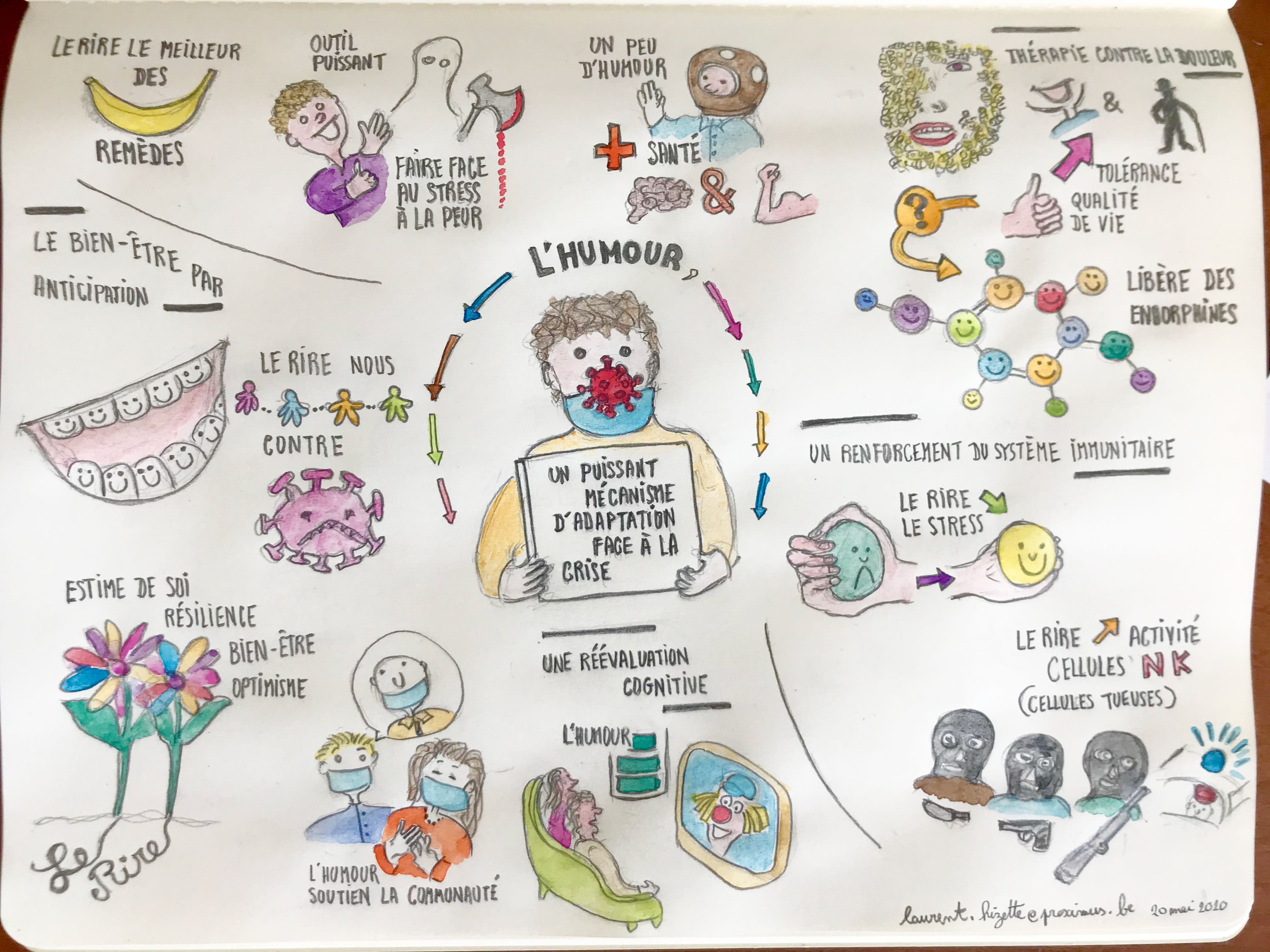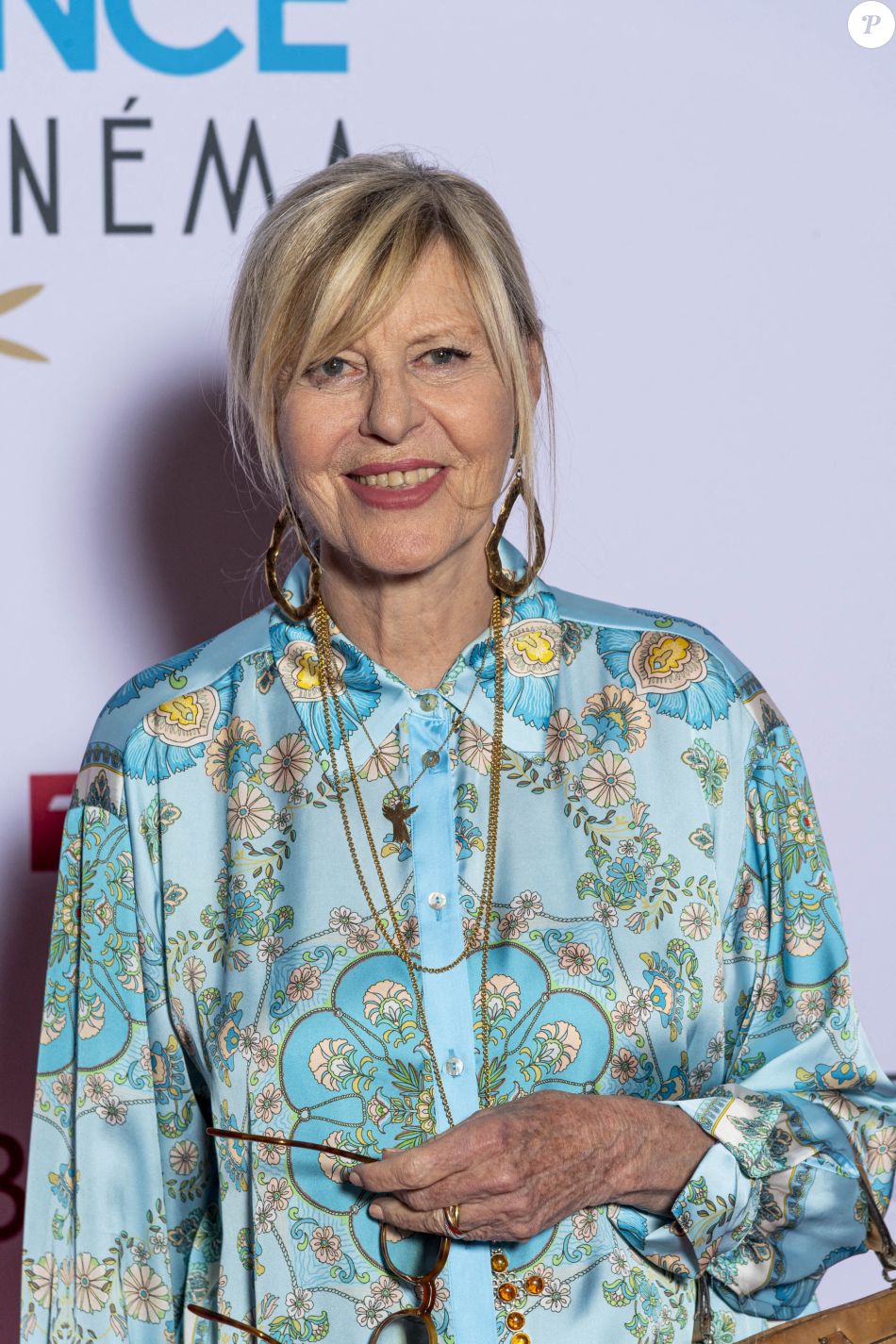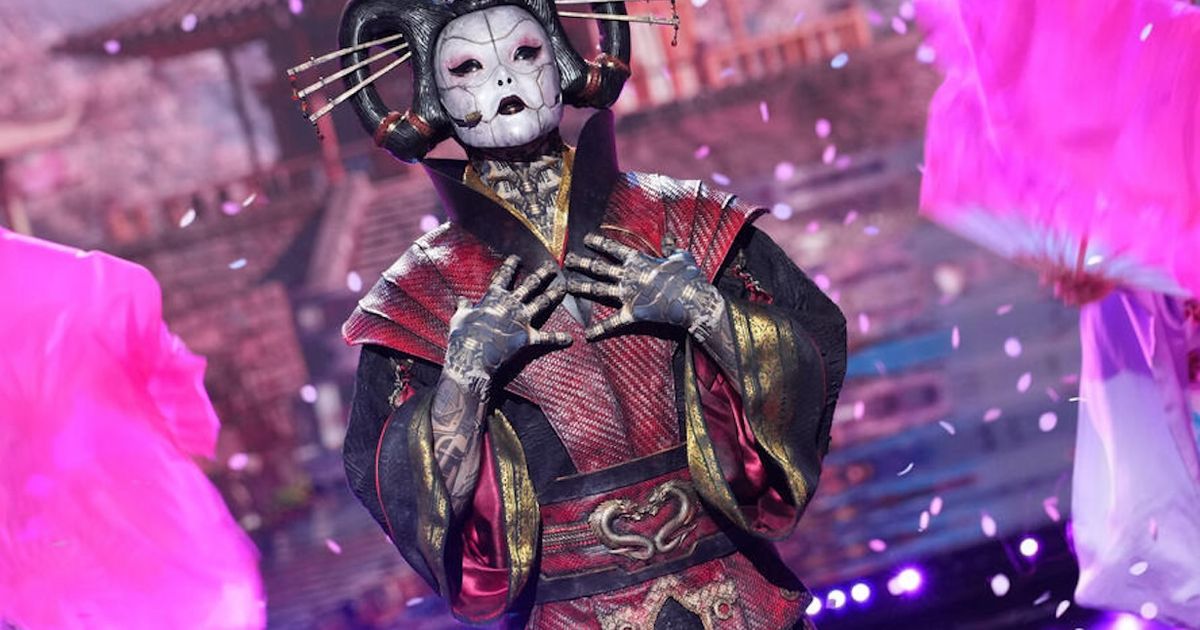Depicting The Asian And Asian American Experience: Moving Beyond Simple Representation In Media

Table of Contents
The Perils of Stereotypical Representation
The skewed representation of Asians and Asian Americans in media perpetuates harmful stereotypes that have far-reaching consequences.
The "Model Minority" Myth and its Harmful Effects
The insidious "model minority" myth paints a picture of Asian and Asian American communities as uniformly successful, hardworking, and docile. This stereotype ignores the vast diversity of experiences within these communities, leading to several detrimental effects:
- Examples in Media: The overrepresentation of Asian characters in high-achieving roles (doctors, engineers) without acknowledging struggles with poverty, discrimination, or mental health issues.
- Impact on Mental Health: The pressure to conform to this idealized image can lead to immense stress, anxiety, and feelings of inadequacy among young Asian Americans.
- Invisibility of Socioeconomic Disparities: The "model minority" myth masks the significant socioeconomic disparities within Asian communities, ignoring the struggles faced by many immigrants and marginalized groups.
Other Harmful Stereotypes
Beyond the "model minority" myth, other harmful stereotypes persist, including:
- The Submissive Asian Woman: This trope portrays Asian women as passive, docile, and subservient to men.
- The Hyper-Sexualized Asian Man: This stereotype reduces Asian men to objects of sexual desire, often lacking agency or depth.
- The Nerdy Asian: This stereotype confines Asian characters to stereotypical roles, limiting their complexity and potential.
- The Perpetually Foreign Outsider: This portrayal emphasizes the "otherness" of Asian characters, highlighting their foreignness rather than their individuality.
These harmful tropes, frequently appearing in movies, TV shows, and advertisements, perpetuate negative perceptions, impacting self-esteem, social acceptance, and overall well-being.
The Importance of Authentic Representation
Authentic representation is crucial for fostering a more equitable and inclusive media landscape.
Showcasing Diversity within Asian and Asian American Communities
The Asian and Asian American community encompasses a vast tapestry of cultures, ethnicities, languages, and experiences. This diversity is often overlooked:
- Underrepresented Groups: Southeast Asians, South Asians, Pacific Islanders, and numerous other ethnicities often lack meaningful representation.
- Unique Cultural Traditions: Authentic portrayal requires showcasing the rich tapestry of cultural traditions, perspectives, and values within different Asian communities.
- Diverse Family Structures: Representation needs to move beyond nuclear families, acknowledging the diversity of family structures and relationships within Asian communities.
Giving Voice to Untold Stories
Media should center the experiences of Asian and Asian American individuals, particularly those from marginalized groups:
- Challenging Stereotypes: Powerful stories that defy stereotypes and challenge preconceived notions are essential.
- Diverse Creators and Storytellers: Giving voice to these untold stories requires diverse creators and storytellers who understand and can authentically portray these experiences.
- Promoting Understanding and Empathy: Media plays a pivotal role in promoting understanding, empathy, and dismantling harmful biases.
The Power of Complex Characters
Moving beyond one-dimensional characters is crucial for creating relatable and nuanced portrayals:
- Strengths and Vulnerabilities: Well-rounded characters showcase both strengths and vulnerabilities, creating relatable and realistic figures.
- Flawed and Complex Characters: Allowing characters to be flawed and complex makes them more human and allows for deeper exploration of the human condition.
- Diverse Sexual Orientations and Gender Identities: Accurate representation includes portraying the full spectrum of sexual orientations and gender identities within Asian communities.
Strategies for Achieving Better Representation
Achieving better representation requires a multifaceted approach:
Increased Diversity in Media Production
Hiring diverse writers, directors, producers, and actors is paramount:
- Lack of Diversity Statistics: Highlight the stark reality of the lack of diversity in key creative roles within the media industry.
- Mentorship Programs: Investing in mentorship programs and initiatives to support and uplift emerging Asian and Asian American talent is crucial.
- Equitable Opportunities: Creating a level playing field with equitable opportunities for all is essential for fostering a more inclusive industry.
Collaboration with Asian and Asian American Communities
Involving members of the Asian and Asian American community in the development and creation of media projects ensures authenticity:
- Successful Collaborations: Highlight examples of successful collaborations that have resulted in authentic and nuanced portrayals.
- Sensitivity Training: Implementing sensitivity training for production teams is essential for avoiding harmful stereotypes and cultural misrepresentations.
- Feedback and Critique: Providing opportunities for feedback and critique from the community ensures the final product accurately reflects the desired representation.
Supporting Independent Films and Productions
Independent projects often provide a platform for diverse and authentic storytelling:
- Successful Independent Films: Showcase examples of independent films that have successfully portrayed the Asian and Asian American experience.
- Platforms for Promotion: Highlighting platforms and initiatives that support and promote independent films with authentic representation is vital.
- Audience Support: Encouraging audiences to actively support and seek out these independent projects directly impacts the production of future works.
Depicting the Asian and Asian American Experience—A Call to Action
Moving beyond simplistic and often harmful representations of Asian and Asian Americans in media is not merely an aesthetic choice; it's a moral imperative. This article has highlighted the perils of stereotypical representation, the crucial need for authentic representation, and effective strategies for achieving it. We must actively seek out and support media that accurately and respectfully depicts the Asian and Asian American experience. Let us challenge harmful stereotypes, advocate for increased diversity in media production, and champion the creation of stories that truly reflect the richness and complexity of these vibrant communities. By actively engaging in this process, we can work towards a future where Depicting the Asian American Experience is synonymous with authentic and nuanced storytelling, allowing for a fuller and more accurate understanding of these diverse and vital communities. Let's work together to ensure that Representing Asian Communities Authentically becomes the standard, not the exception.

Featured Posts
-
 Jose Aldo Un Modele D Adaptation Face Aux Defis
May 12, 2025
Jose Aldo Un Modele D Adaptation Face Aux Defis
May 12, 2025 -
 Prince Andrew Underage Girl Claims New Evidence Emerges In Undercover Video
May 12, 2025
Prince Andrew Underage Girl Claims New Evidence Emerges In Undercover Video
May 12, 2025 -
 Como Abrir Una Cuenta Gratuita En Una Billetera Virtual Uruguaya Desde Argentina
May 12, 2025
Como Abrir Una Cuenta Gratuita En Una Billetera Virtual Uruguaya Desde Argentina
May 12, 2025 -
 Is Benny Blanco Cheating A Look At The Online Speculation Surrounding Selena Gomez
May 12, 2025
Is Benny Blanco Cheating A Look At The Online Speculation Surrounding Selena Gomez
May 12, 2025 -
 Tom Cruise On Henry Cavills Beard In Mission Impossible Fallout
May 12, 2025
Tom Cruise On Henry Cavills Beard In Mission Impossible Fallout
May 12, 2025
Latest Posts
-
 Philippe Candeloro Et Chantal Ladesou Ambassadeurs De La Vente Des Vins De Nuits Saint Georges
May 12, 2025
Philippe Candeloro Et Chantal Ladesou Ambassadeurs De La Vente Des Vins De Nuits Saint Georges
May 12, 2025 -
 L Autruche De Mask Singer 2025 Indices Pronostics Et Revelations Potentielles
May 12, 2025
L Autruche De Mask Singer 2025 Indices Pronostics Et Revelations Potentielles
May 12, 2025 -
 Le Verdict De Chantal Ladesou Sur Ines Reg Apres Mask Singer Une Collaboration Inoubliable
May 12, 2025
Le Verdict De Chantal Ladesou Sur Ines Reg Apres Mask Singer Une Collaboration Inoubliable
May 12, 2025 -
 Chantal Ladesou Sa Paisible Retraite Loin De Paris
May 12, 2025
Chantal Ladesou Sa Paisible Retraite Loin De Paris
May 12, 2025 -
 Nuits Saint Georges Une Matinee Speciale Avec Philippe Candeloro Et Chantal Ladesou
May 12, 2025
Nuits Saint Georges Une Matinee Speciale Avec Philippe Candeloro Et Chantal Ladesou
May 12, 2025
